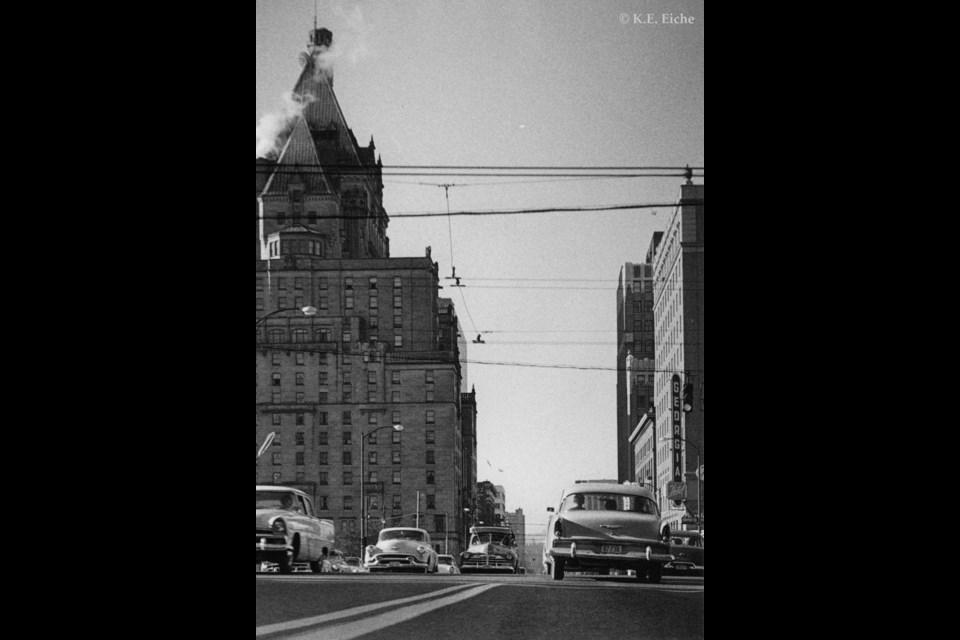Asked about our point of view, most of us would probably think we’re being asked our attitude or opinion about something. The same goes for perspective – what’s our perspective regarding a certain matter?
But originally, perspective and point of view related to sight. Perspective is based on the Latin “perspicere” (to look closely at). By the late sixteenth century, it referred to the artist’s method for accurately conveying the relative positions of three-dimensional objects on a two-dimensional surface. (Interestingly, also the English words respect and expect grew out of the Latin “specere,” to look.)
A word that only later acquired an extra ‘optical’ meaning is vantage, as in vantage point, signifying a place from which we get a good view of something. It’s actually derived from the word advantage, which can be traced to the late Latin “abante” (in front).
The point of view is something photographers deal with every time they take a photograph. It’s their standpoint (another word that works double time, since it also means an attitude to a matter). And even when the photographer isn’t actually standing somewhere and pointing the camera, there’s still a point of view – as in these three photographs taken in 1957, from a very, very low point of view. For this experiment, my father attached the camera to the bumper of the car and used a long shutter release cable.
My father was a gifted amateur photographer. Not only was he technically meticulous but he was also imaginative. I don’t know how he got the idea to photograph cars on the road from such a low point of view, but it produced interesting, and unique, results. Looking at the photos, it actually gives you the sense that you are another car, that you’re seeing the scene through the eyes, not of the photographer, but of the automobile. I’m also amazed that the camera lens was not damaged by flying debris – were the roads cleaner in 1957?
I’m not certain what my father’s itinerary was the day he took these photographs. Perhaps he was simply driving around in order to document interesting street views from an unusual angle (like standpoint, it’s another word for describing the way we consider something). So far I have found three photographs, one taken in Richmond, the other two in downtown Vancouver.
Something that immediately struck me was that the cars appear to be carrying more passengers than we’re accustomed to seeing nowadays, when so often there’s only the driver in the car. In fact, there’s a special designation – HOV, high-occupancy vehicle – for a car occupied by at least one other person besides the driver.
Back in 1957 my father wasn’t using a digital camera. He couldn’t immediately see what the photos looked like. There was no instant gratification. He had to develop the film first. It’s not surprising, really, that point of view and perspective also mean an opinion, because like an opinion, an optical point of view is ideally based on careful preparation and consideration.
Sabine Eiche is a local writer and art historian with a PhD from Princeton University. She is passionately involved in preserving the environment and protecting nature. Her columns deal with a broad range of topics and often include the history (etymology) of words in order to shed extra light on the subject.






